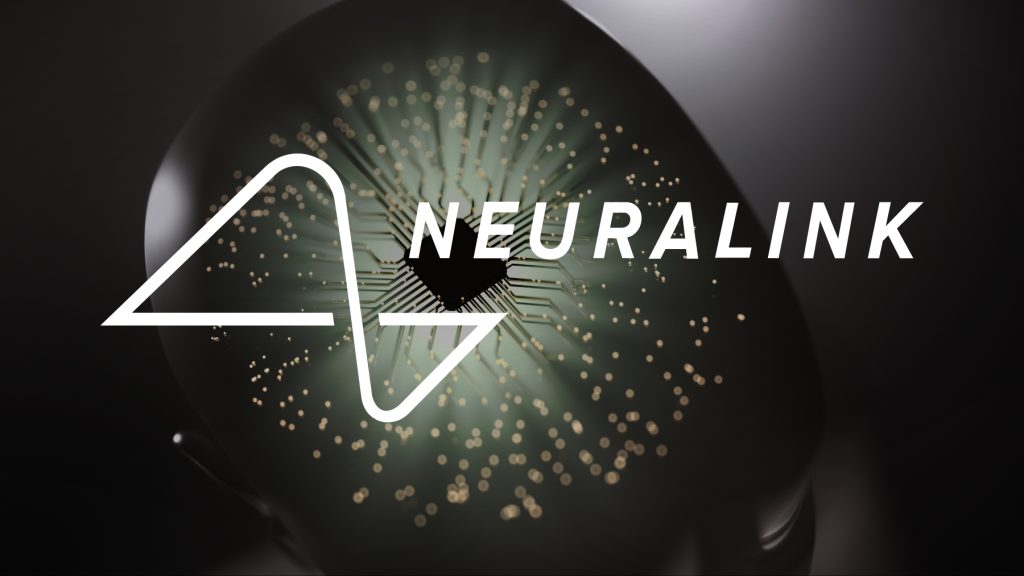
Neuralink’s PRIME study faces a setback as its first in-human brain implant exhibits mechanical issues.
- The PRIME study commenced in January, focusing on evaluating the safety and functionality of the N1 implant.
- 29-year-old Noland Arbaugh was the first recipient of the N1 Link brain implant.
- However, electrodes retracted from Arbaugh’s brain, affecting the system’s performance in speed and accuracy of measurement.
Elon Musk’s Neuralink’s PRIME study has encountered a setback, as there’s been a mechanical issue with its first in-human brain implant.
For years now, the company has been working on a brain-computer interface (BCI) that promises to enhance human capabilities and even push the boundaries of human cognition. It also aims to restore digital autonomy to people living with quadriplegia due to spinal cord injury (SCI) or amyotrophic lateral sclerosis (ALS).
Earlier this year, in January, Neuralink started their human trials in a study dubbed Precise Robotically Implanted Brain-Computer Interface (PRIME) study. It focused on assessing the safety and initial functionality of the N1 implant and surgical robot (R1) in a clinical setting.
29-year-old Noland Arbaugh was the first to receive the N1 Link brain implant. Following the procedure, Arbaugh was able to control external devices. He particularly focused on video games, playing Mario Kart and Civilization VI. The participant was quite overwhelmed with the results, saying, “It’s like a luxury overload, I haven’t been able to do these things in 8 years and now I don’t know where to even start allocating my attention.”
It’s a Trial for a Reason
However, in a recent Neuralink blog post, the team shared that the PRIME study is facing some mechanical issues. The N1 Link has these tiny threads with electrodes that are placed near specific regions of the brain responsible for movement or desired actions. In Arbaugh’s case, these electrodes retracted a few weeks after the surgery. The decrease in effective electrodes hinders the system’s performance in measuring speed and accuracy.
While the team considered retrieving the implant from the PRIME study patient’s skull, they settled on a less invasive solution. They implemented a series of software adjustments to compensate for the retraction.
“We modified the recording algorithm to be more sensitive to neural population signals, improved the techniques to translate these signals into cursor movements, and enhanced the user interface,” they wrote.
The results were very promising; they had people overly optimistic about the long-term effect on society. We were looking forward to it improving people’s quality of life. However, the PRIME study’s setbacks pose a very good question. What happens when it malfunctions?
Do you turn your implant off and on again? Do you call support to reboot the system? And if all else fails, do you take yourself to your Neuralink-assigned ‘mechanic’ like you would an automobile?
While medical procedures run risks, brain surgeries are extra risky.
A 2019 study suggests that, on average, patients who have brain surgery are nearly twice as likely to experience a decline in cognitive function in the years following their surgeries. Imagine what would happen if you required multiple surgeries because something kept going wrong with your BCI.
Inside Telecom provides you with an extensive list of content covering all aspects of the tech industry. Keep an eye on our Tech sections to stay informed and up-to-date with our daily articles.